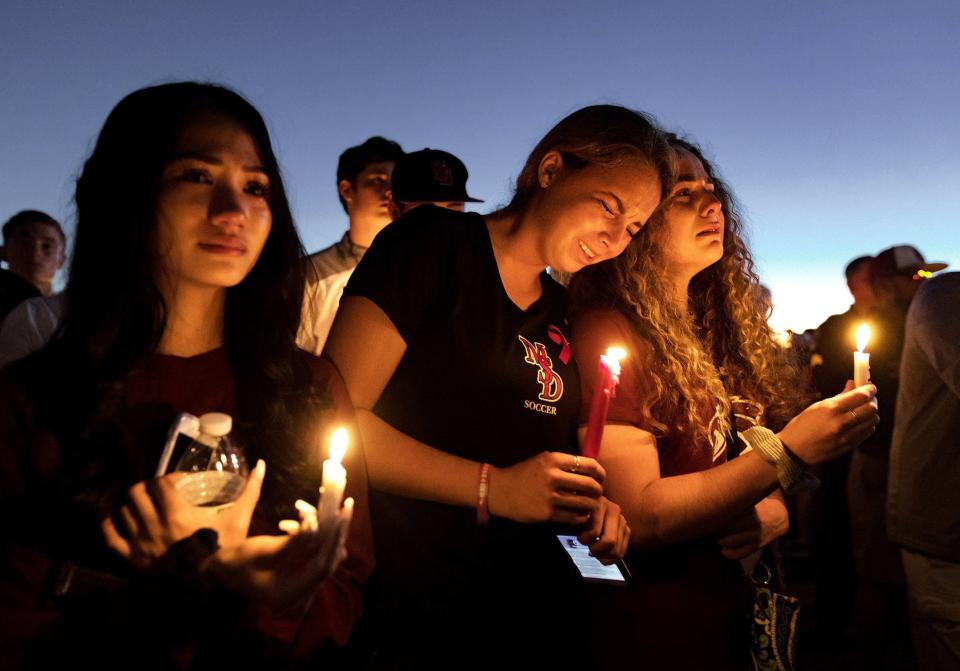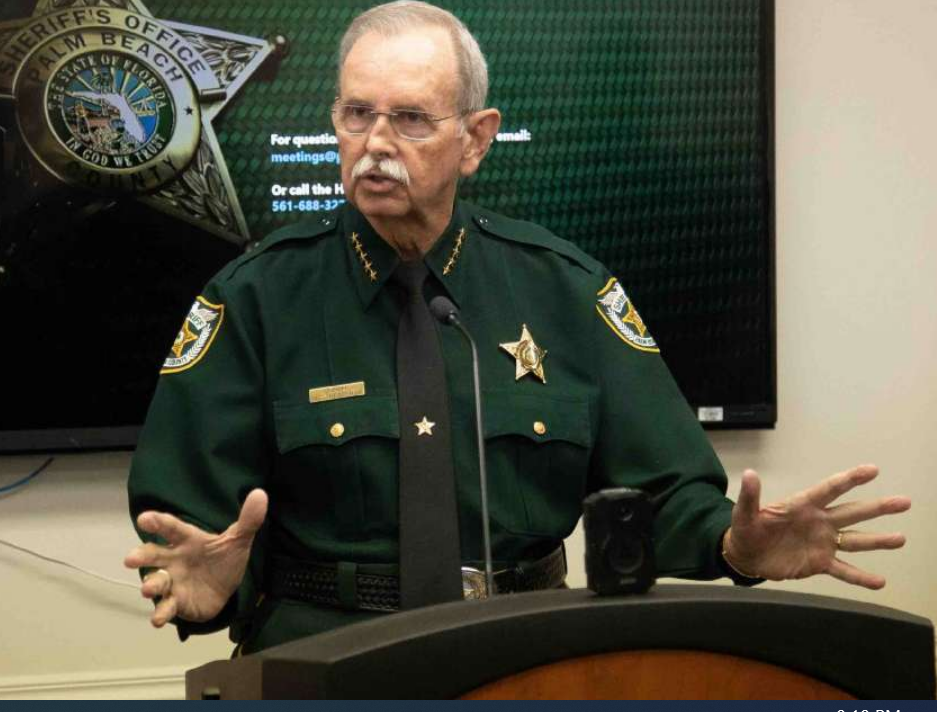Red-flagging troubled individuals; a common sense countermeasure to gun violence | Editorial
Editorials reflect the opinion of the Palm Beach Post Editorial Board, not necessarily of the newsroom.
From the distraught days, weeks and months that followed the Marjory Stoneman Douglas massacre in 2018, emerged some of the most sensible gun regulation in years. Not nearly enough, and there has been significant backsliding since then. But, despite perpetual resistance from the gun lobby and politicians who took NRA contributions and bought its nonsense, progress was made.
The Florida Legislature passed a law that allowed police to remove guns from people who pose a danger. The state also tightened the purchase process, including raising the minimum age to buy guns from 18 to 21.
At the federal level, too, came legislation. Congress enhanced background checks; supported state crisis intervention; banned anyone convicted of domestic violence from owning a gun; provided funding for school safety measures; and provided $11 billion for mental health programs. Though the Bipartisan Safer Communities Act passed without support from Florida Senators Marco Rubio and Rick Scott or many Florida Republicans in the House of Representatives, it passed.

More: In push to reduce violence, use of Florida's red-flag law to remove guns skyrockets
The good news, as reported last week in The Palm Beach Post, is that law enforcement in Palm Beach County has taken these changes to heart — particularly the state’s red flag provisions, meant to take weapons away from twisted souls before they brandish them.
As Investigative Reporter Andrew Marra found, the Palm Beach County Sheriff’s Office led the state in the increase of risk-protection orders sought during the past two years. The county now trails only Polk County in how often it successfully uses the new legal tool. The orders allow police officers to ask court permission to remove a person’s firearms and to bar them from possessing any for a year.
During the 2020-21 budget year, Palm Beach County judges approved 103 petitions submitted by police, the seventh-highest total in the state. In the first 10 months of the 2022-23 year, the number had more than tripled to 325, Marra reported.
More: Editorial: Mass killings aren't over; Keep pressing on gun safety
At the Palm Beach County Sheriff’s Office, the petitions are handled by a special Behavioral Services Division established by Sheriff Ric Bradshaw in the wake of the December 2012 massacre at Sandy Hook Elementary School in Newtown, Conn. The division works with a Targeted Violence Unit, whose deputies and clinical therapists identify cases that meet the criteria for a risk-protection order and file petitions.
This red flagging has been employed to prevent not just school shootings but domestic crimes and other violence.
“It’s prevented something bad from happening,” Bradshaw told The Post. “You can’t prove a negative but it takes away the likelihood of something happening.”

Other counties and municipal law enforcement agencies would do well to follow Palm Beach County’s example. Most have smaller populations and don’t have the budget to afford the PBSO’s level of service; others have the budget but don't prioritize red-flagging. In South Florida, according to state data, Monroe County saw only 4 risk protection orders granted from July 2022 to April 2023; Miami-Dade had just 14; Broward, 184; Martin, 20; and St. Lucie, 59.
Given the gun violence sweeping our state, police agencies should find ways to help each other clear the hurdles encountered in enforcing this law throughout Florida. It’s not as if violent and unstable people respect county lines.
Who knows if last week’s racist slaying of three African Americans at a Jacksonville Dollar Store might have been prevented. The shooter, who turned the gun on himself afterward, had made clear in online postings that he hated Blacks. He had previously threatened suicide and was under psychiatric care but apparently off his meds. He was involved in a 2016 domestic violence incident and was involuntarily committed for a 72-hour mental health examination the following year, the Jacksonville Sheriff told the Associated Press. Yet, as of this year, there was nothing legally stopping him from buying a Glock handgun and AR-15 style semi-automatic rifle.
Much more needs to be done to tighten red flag laws and other gun regulation in Florida. But putting the laws to work that we do have, and working through their difficulties to improve and better enforce them, should be a high priority throughout the state.
This article originally appeared on Palm Beach Post: Red-flagging is common sense for fighting gun violence in Florida

